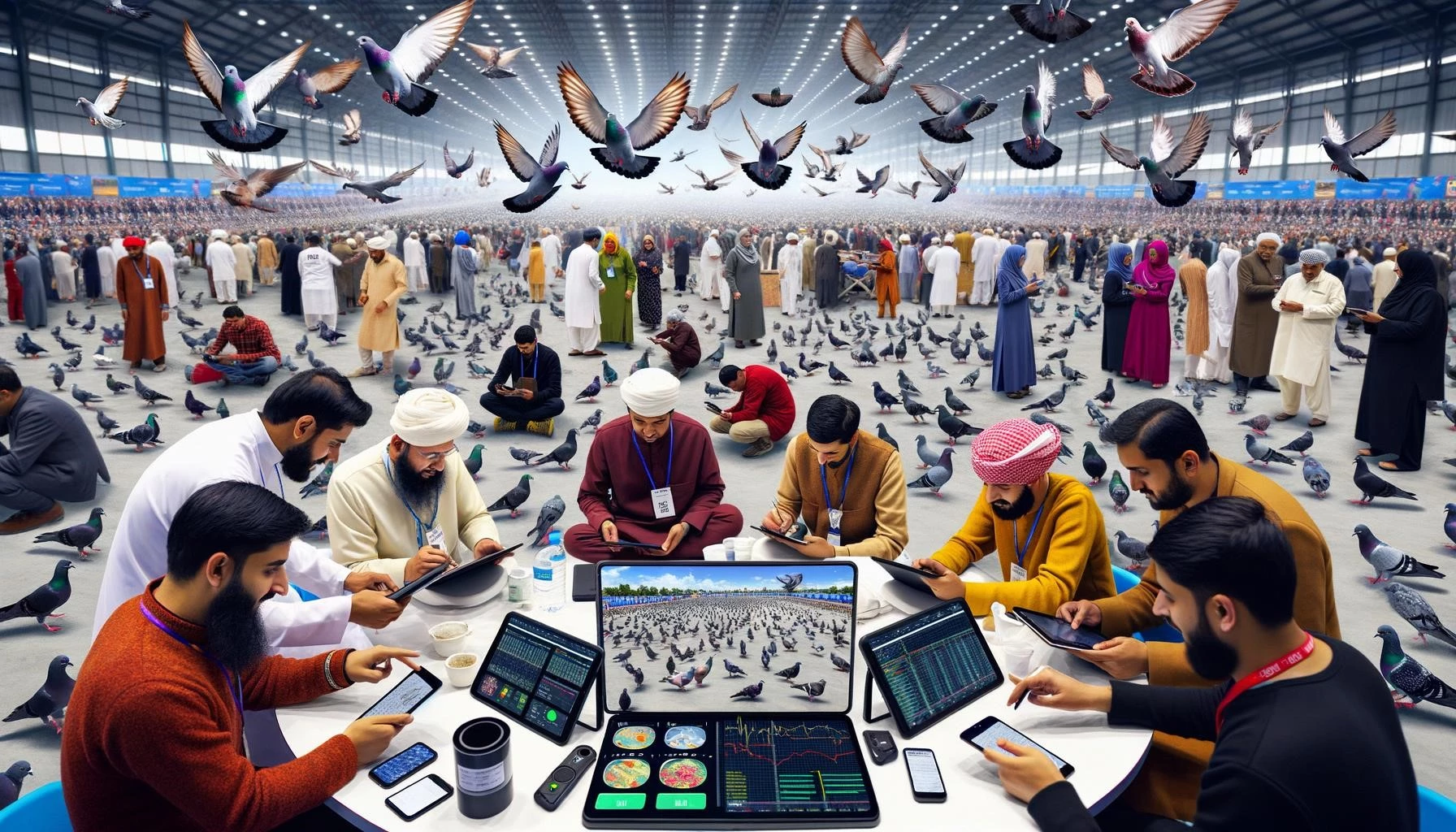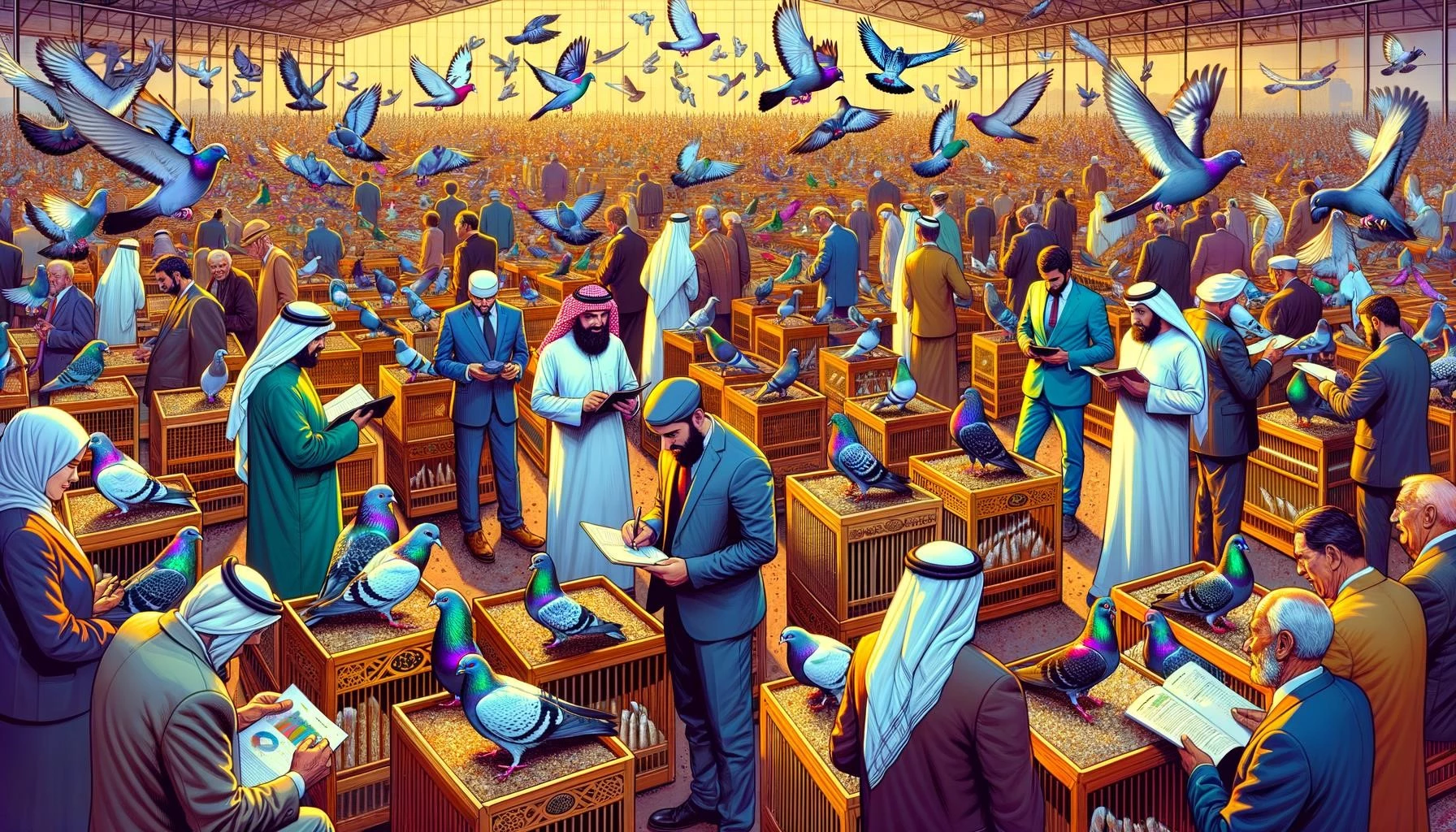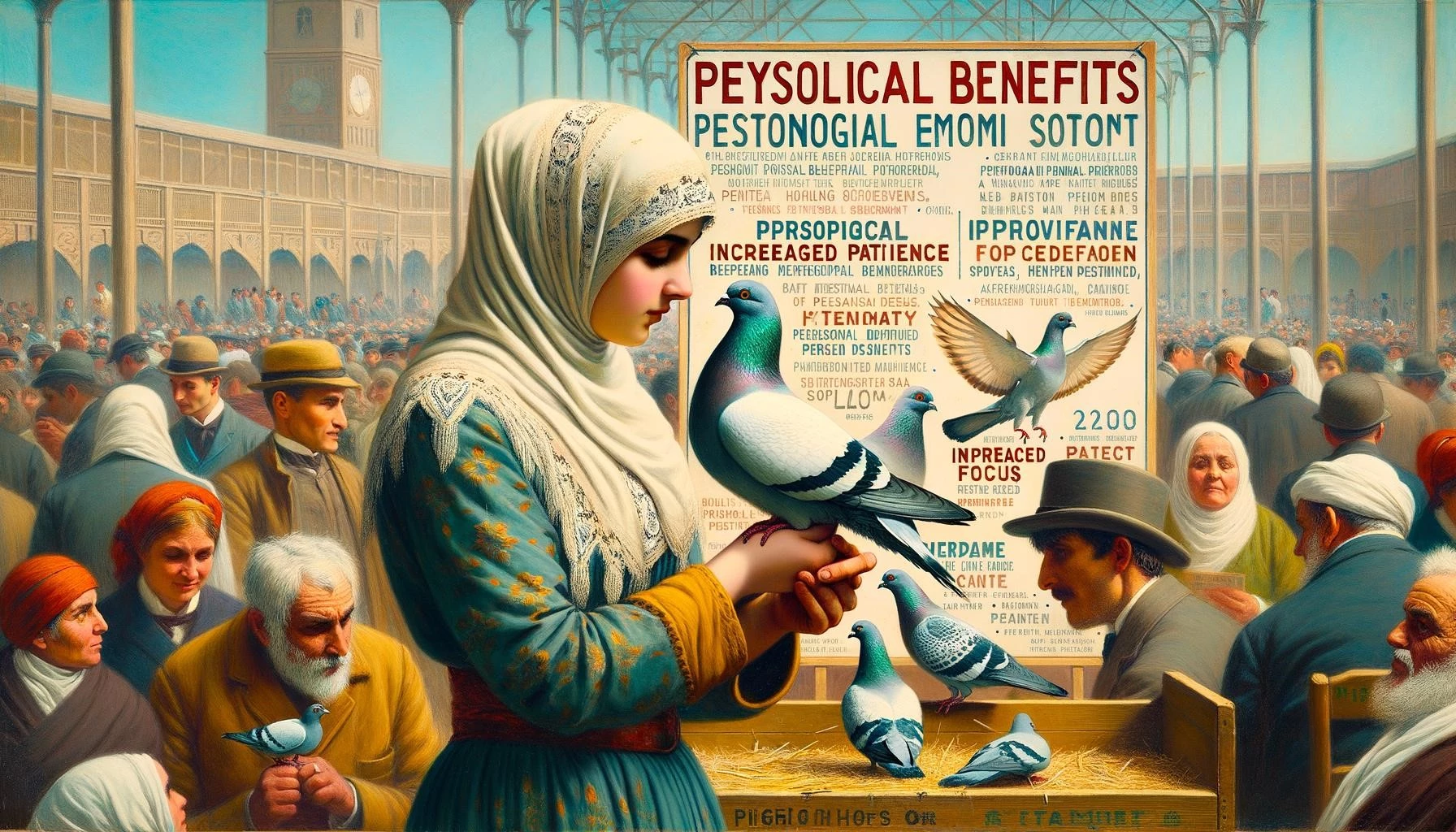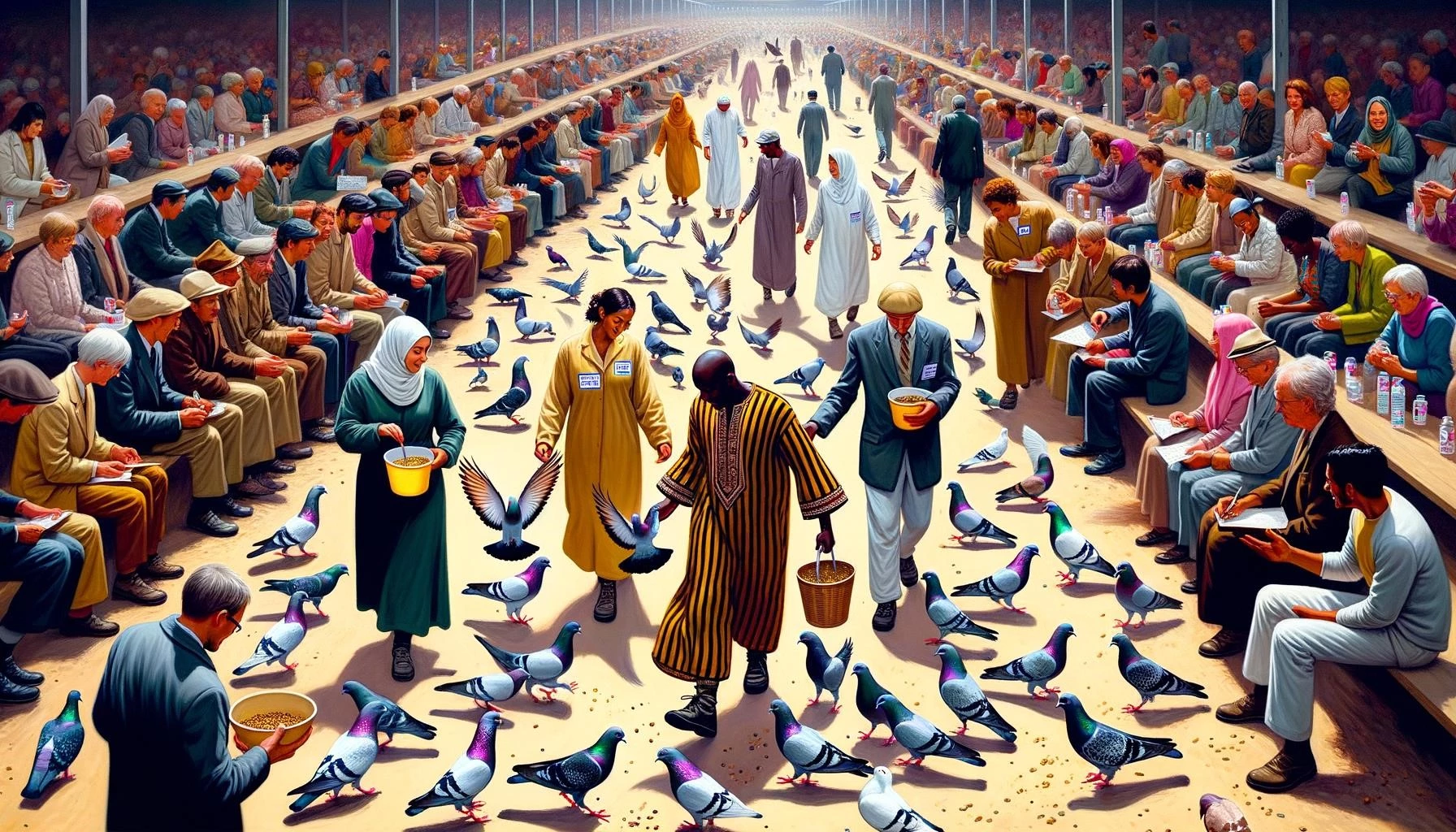Pigeon shows are events where pigeon enthusiasts come together to showcase their pigeons and compete for prizes. These shows have been a long-standing tradition in pigeon racing and breeding communities, providing a platform for breeders to display their best birds and for enthusiasts to learn about different pigeon breeds and connect with fellow enthusiasts. In recent years, technology has started to play a role in enhancing the experience at pigeon shows. From electronic timing systems to video mapping and projection technology, these advancements have brought new dimensions to pigeon shows and improved the overall experience for participants and spectators.
Key Takeaways
- Technology has started to play a role in enhancing the experience at pigeon shows.
- Electronic timing systems have increased precision and convenience in pigeon racing.
- Video mapping and projection technology have brought a visual experience to pigeon show performances.
Electronic Timing Systems in Pigeon Racing
One of the ways technology has made an impact on pigeon shows is through the use of electronic timing systems (ETS) in pigeon racing. These systems offer increased precision and convenience in timing the birds during races. Electronic timing systems can track the pigeons’ arrival times with accuracy, eliminating the need for manual clocking. This allows for more efficient and fair competition, as well as quicker and more accurate result calculations. One popular example of an electronic timing system is the Benzing M3, which is widely used in the global pigeon racing community and can track up to 10,000 pigeons.
Video Mapping and Projection Technology
Another technological advancement that has found its way into pigeon shows is video mapping and projection technology. This technology allows for the transformation of the show venue’s walls into interactive and immersive displays. By using projectors and computer-generated images, pigeon shows can create visually stunning effects, bringing the performance to life. For example, video mapping can be used to project the history and achievements of different pigeon breeds while a judge evaluates the birds. This adds an exciting visual element to the show and enhances the overall experience for both participants and spectators.
Other Technological Innovations
In addition to electronic timing systems and video mapping, there are other technological innovations that have been introduced to pigeon shows. These include wayfinding and indoor navigation systems, immersive experiences, and even the use of drones for aerial photography and videography. These innovations aim to create an interactive and engaging experience for visitors, allowing them to connect with the pigeons and the exhibition in a unique way. By integrating technology into the shows, organizers can provide insightful information, increase revenue and customer satisfaction, and create emotional connections between visitors and the pigeons.
In conclusion, technology has started to play a role in enhancing the experience at pigeon shows. Electronic timing systems have improved the precision and convenience of pigeon racing, while video mapping and projection technology have brought a visual experience to performances. Other technological innovations, such as indoor navigation systems and the use of drones, have also been introduced to create immersive experiences and increase visitor engagement. As technology continues to advance, we can expect further enhancements in pigeon shows, providing an even more interactive and captivating experience for participants and spectators alike.









